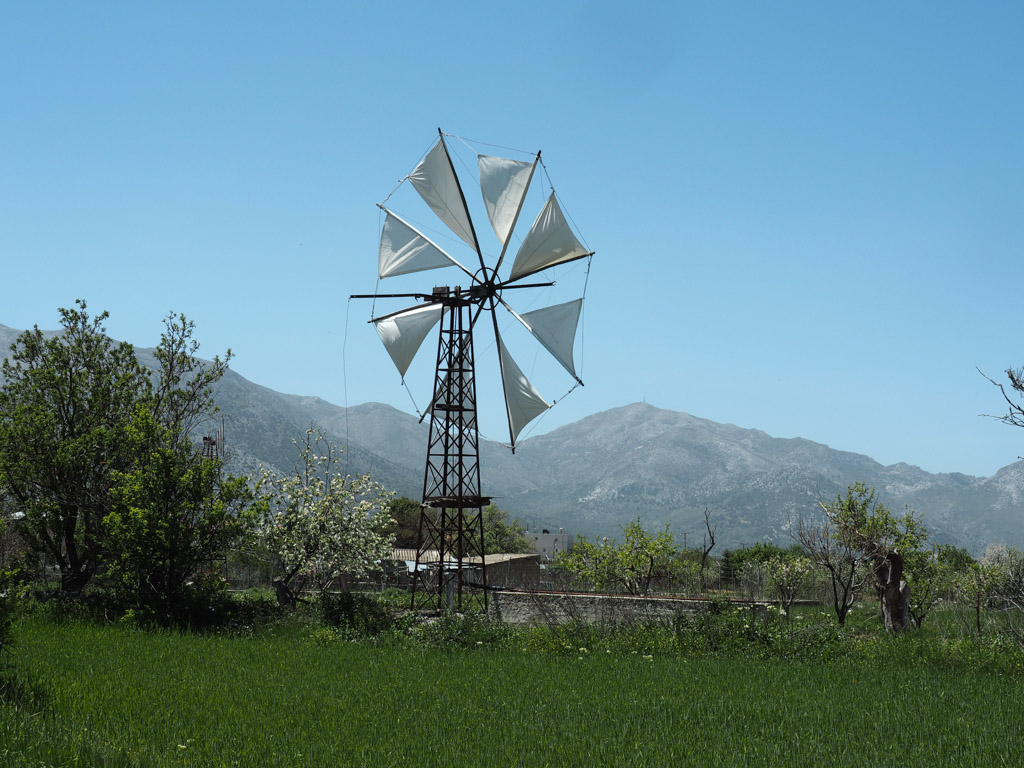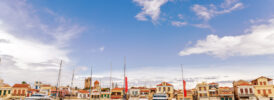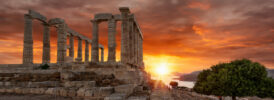As renewable energy sources are something many of us are thinking about more and more, we can turn to the example of the wisdom and technology of Ancient Greece. Here in the Mediterranean, the powers of the famously brisk Aegean winds and the flowing waters of Greece’s many rivers have been harnessed for millennia. Wind power and water power are in fact not just ingenious and sustainable solutions for energy sources, but also a key to the folk culture of Greece. Here are some examples of the art of harnessing energy in traditional Greek culture.
Harnessing the Wind in Ancient Times
Wind power in Greece has a creative and whimsical antecedent: The Wind Organ of Heron of Alexandria. Heron was a brilliant Greek mathematician engineer and inventor living in Alexandria in the Roman era, who is often credited with being one of the ancient world’s most fascinating experimenters. He is thought to have made plans both for a windmill and for a wind organ, an instrument similar in conception to the Hydraulis- the water organ, such as was discovered in Ancient Dion.
Windmills in the Middle Ages
Around the 12th and 13th centuries, Greeks began to harness the wind to power their mills. Rather than using hard labor to grind grain into flour, they devised a mill to be run on the strong winds that blow through the Aegean, the Cyclades in particular.
A Dramatic Sight
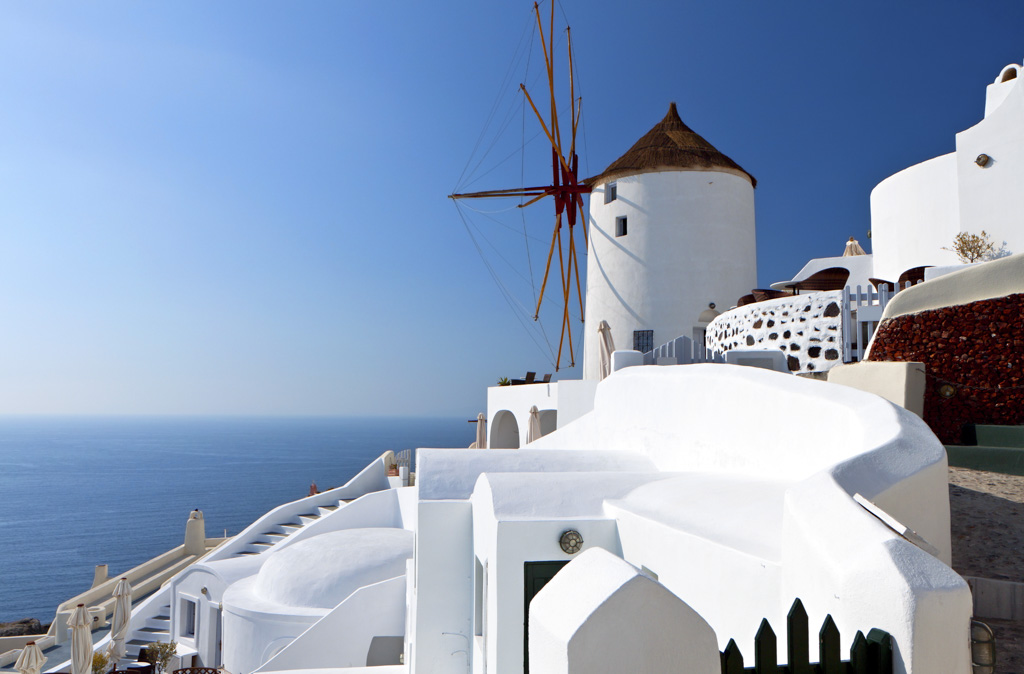 One of the reasons windmills are today such a significant landmark is because of their placement. Logically, locals would have sought the areas with maximum exposure to strong – in this case northerly – winds. This would mean placement beside gorges for instance, or on high ground with direct exposure to the strong winds as they come off the sea. Traditional windmills are often in the most conspicuous and dramatic spots of the island – an instant landmark.
One of the reasons windmills are today such a significant landmark is because of their placement. Logically, locals would have sought the areas with maximum exposure to strong – in this case northerly – winds. This would mean placement beside gorges for instance, or on high ground with direct exposure to the strong winds as they come off the sea. Traditional windmills are often in the most conspicuous and dramatic spots of the island – an instant landmark.
Where to See The Iconic Windmills of Greece
One of the truly iconic images of Greece are the windmills of Mykonos town, lined up on a cliff directly across from Little Venice, Mykonos Town’s most charming district.
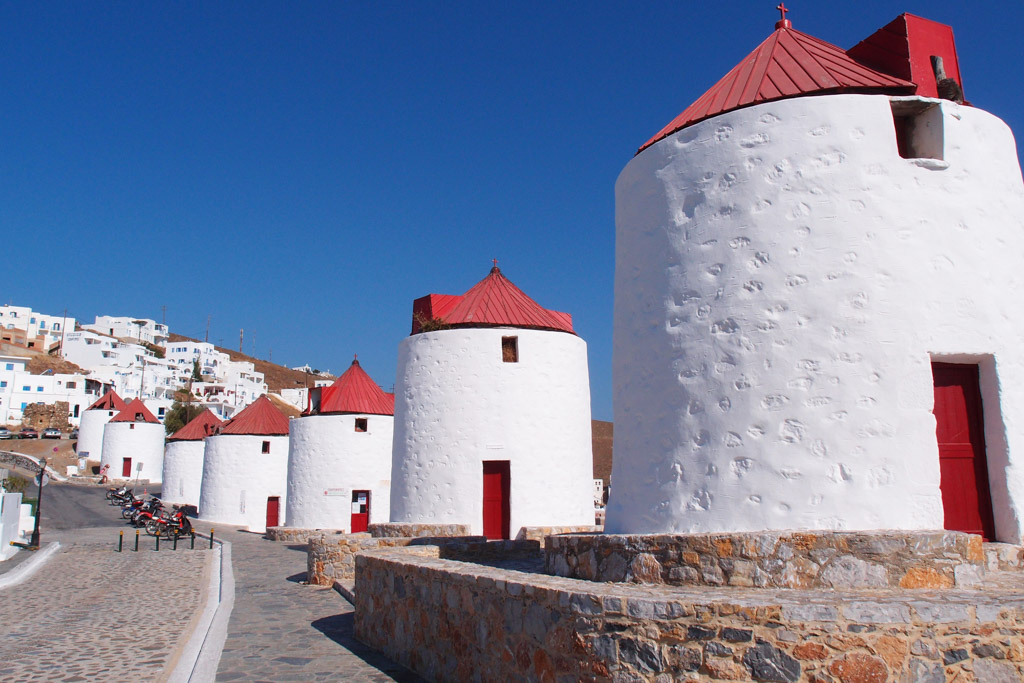 Astylapaia, at the western edge of the Dodecanese, also has some very famous windmills- with their distinctive red roofs, the eight windmills are in the central square of the Chora. Ios, in the Cyclades, has even more – twelve traditional windmills grace the Chora. Some are in charming ruins, while others have been restored. Some Ios windmills are now enchanting homes. Windmills are also an architectural feature of Leros.
Astylapaia, at the western edge of the Dodecanese, also has some very famous windmills- with their distinctive red roofs, the eight windmills are in the central square of the Chora. Ios, in the Cyclades, has even more – twelve traditional windmills grace the Chora. Some are in charming ruins, while others have been restored. Some Ios windmills are now enchanting homes. Windmills are also an architectural feature of Leros.
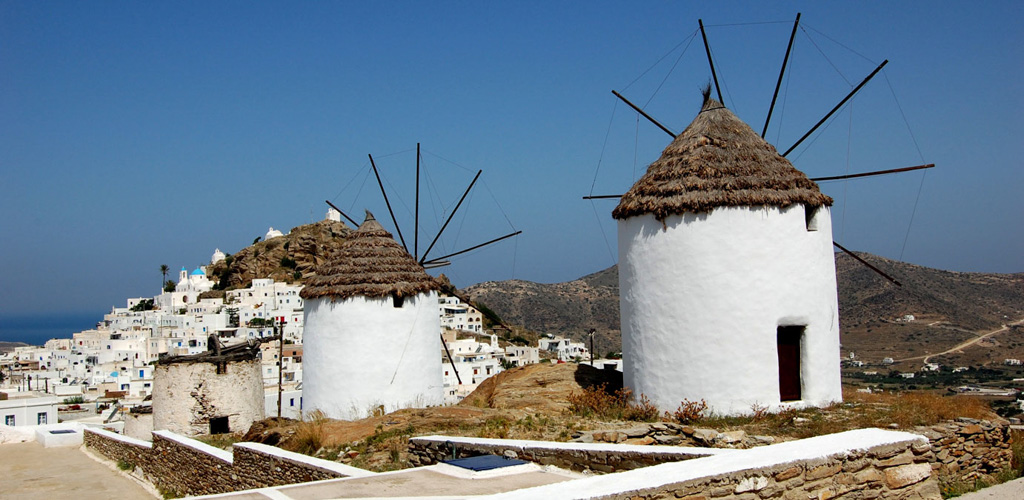 On the Lassithi plateau in Crete there are distinctive windmills with prominent sails, by the Psychro cave – this is a beautiful windfarm of the 1950s. They were used for pumping water for the irrigation of crops.
On the Lassithi plateau in Crete there are distinctive windmills with prominent sails, by the Psychro cave – this is a beautiful windfarm of the 1950s. They were used for pumping water for the irrigation of crops.
Watermills in Ancient Greece
Speaking of water, rivers and streams have also traditionally been sources of power. These old water mills are of course in some very beautiful locations.
Watermills too are an ancient Greek inspiration, developed most probably by Perachora in the 3rd century BC. These mills too were used for milling grain to make flour.
The Mills of Revolution
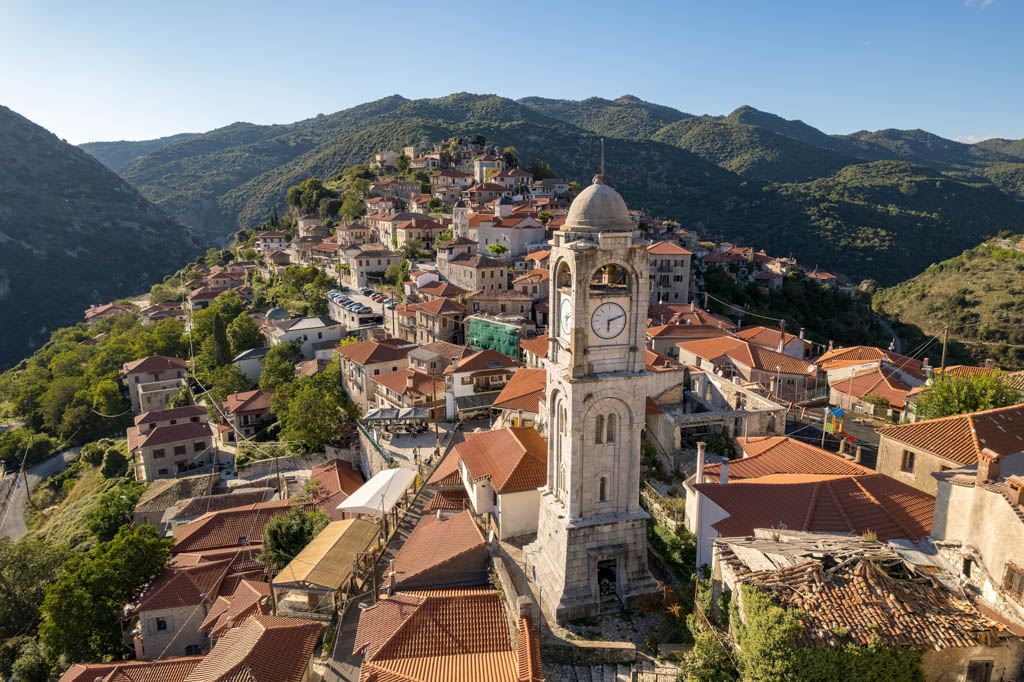 To learn more about watermills in more recent eras, one can visit the waterpower museum of Dimitsana. Here, one can see historic mills that produce not flour for bread, but gunpowder for revolution. Gunpowder was an essential supply for the Greek War of Independence of 1821. The revolution itself began in the heart of the Peloponnese – just a little north of here, at Kalavryta.
To learn more about watermills in more recent eras, one can visit the waterpower museum of Dimitsana. Here, one can see historic mills that produce not flour for bread, but gunpowder for revolution. Gunpowder was an essential supply for the Greek War of Independence of 1821. The revolution itself began in the heart of the Peloponnese – just a little north of here, at Kalavryta.
Old watermills can also be found by the Vaidenitsa Monastery in Mani which served as a refuge for the Klephts – the revolutionary fighters.
The Staff of Life- Mills, Flour, and Bread
Kythira, a lush island just south of the Peloponnese, has a famous hiking route – the “Valley of the Watermills. Mylopotamos (= “River Mill”) is an outdoor museum, a hike passing by some 23 watermills. Locals once loaded their grains – wheat, barley – onto donkeys and brought it to one of these many mills to grind it into flour. It was central to the local economy, to heritage, and to survival. The farmers would need to stay somewhere while waiting, so there was also lodging inside the mills. The hike passes waterfalls, pools, great plane trees, and chapels.
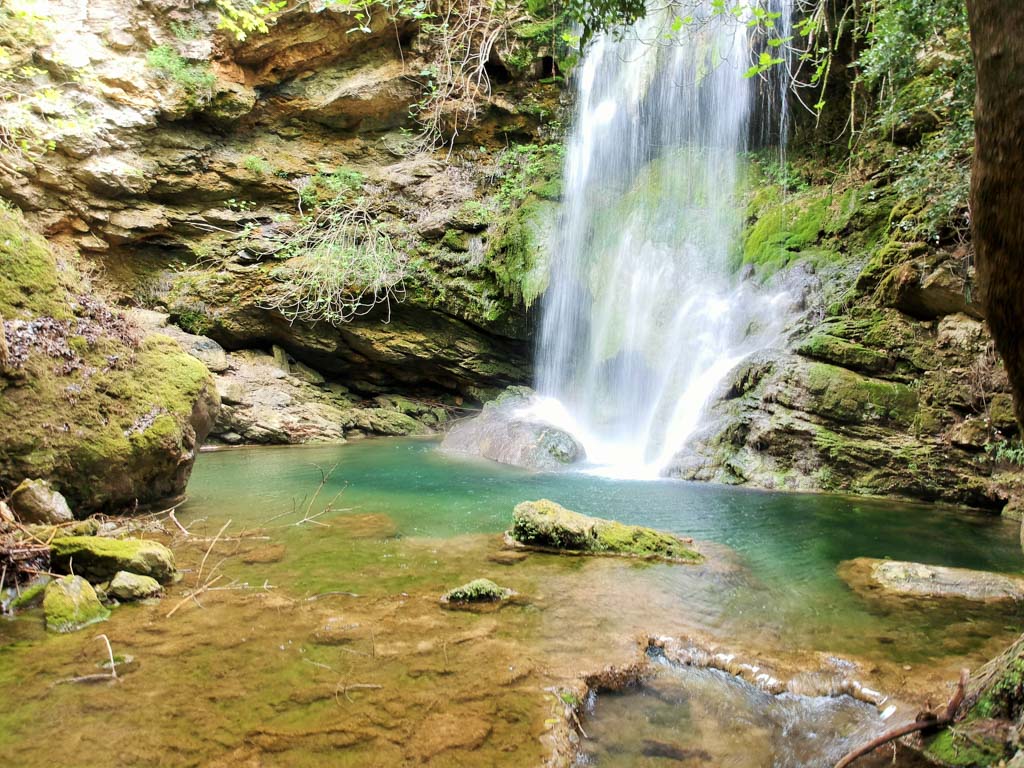
Crete, too, with its richly varied landscape has many old watermills in different parts of the island. These include the Cochlakies watermill that has been restored in the Sitia region, the Venetian Watermill of Stilos, in Apokoronas of Western Crete, the Zaros windmills near Heraklion which is one of Crete’s largest watermill systems, and an enchanting watermill in Kalyves, Crete – just east of Souda harbor.
Windmills and Watermills in Greece
Harnessing the winds of the sea or the rushing waters of the interior, mills running on wind power or water power are set in some of Greece’s most picturesque locations. They were traditionally an integral part of Greek economy and history.
Have you visited any locations in Greece with beautiful mills?

